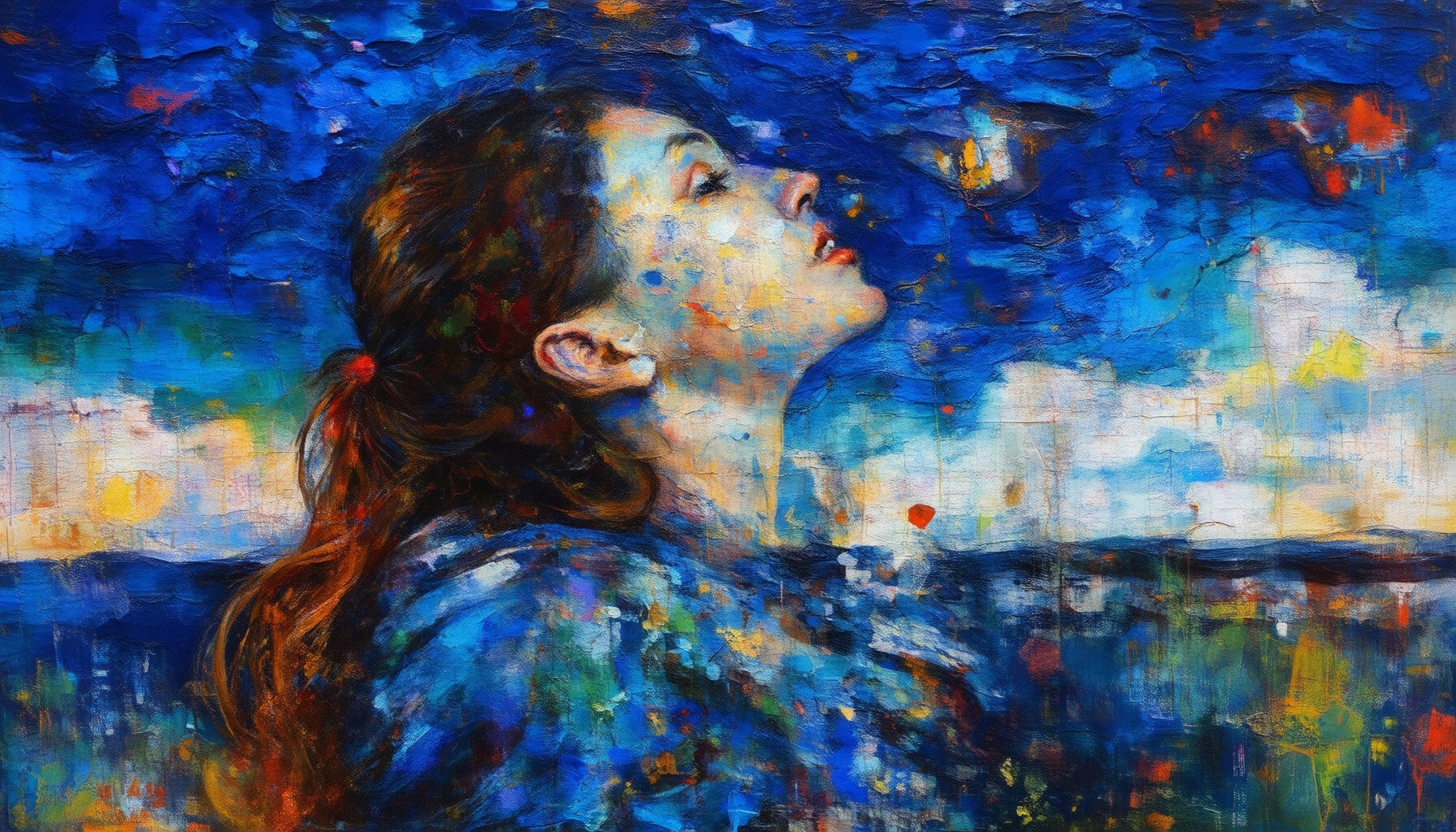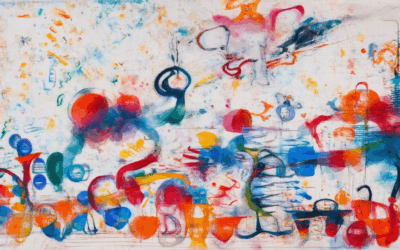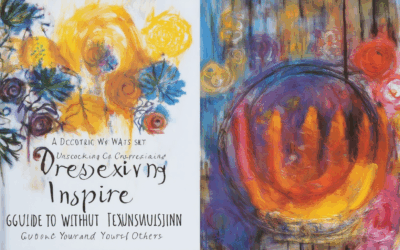Art has always been a powerful medium for storytelling, offering a unique visual language that transcends words. From the enigmatic smile of Leonardo da Vinci’s Mona Lisa to the raw emotional landscapes painted by artists like Edvard Munch, art has the remarkable ability to convey personal narratives that resonate deeply with audiences. In this article, we will explore the fascinating world of personal stories in art, examining how artists use their craft to share their life experiences, emotions, and perspectives. We will delve into examples of narrative art, techniques for crafting compelling visual tales, and even touch upon the legal aspects of art reproduction. Whether you’re an aspiring artist seeking inspiration or simply someone who appreciates the power of visual storytelling, this guide will provide valuable insights into the intersection of personal expression and artistic creation.
Key Takeaways
- Storytelling Through Visuals: Narrative art uses imagery and symbols to communicate stories, inviting viewers to connect emotionally with the subject matter.
- Cultural Preservation: By depicting traditions and daily life, narrative art serves as a historical record, preserving cultural heritage.
- Universal Appeal: Stories are a common human experience, making narrative art accessible across diverse audiences and fostering empathy.
- Forms of Narrative Art: Includes paintings, sculptures, photography, and digital media, offering versatile ways to tell stories.
- Bridging Art and Literature: Combines visual elements with storytelling, creating a unique way to engage audiences.
- Innovative Challenge: Encourages artists to push creative boundaries while preserving timeless tales.
- Reflection of Human Themes: Explores themes like love, conflict, and identity, reflecting the complexities of the human condition.
- Step-by-Step Guide: Provides a structured approach to crafting stories through visual elements and narrative techniques.
- Visual Cues Enhance Narratives: Uses speech bubbles, composition, and symbols to aid in storytelling and emotional engagement.
- Medium and Style Consideration: Influences how stories are conveyed, allowing artists to experiment with layers and depth.
- Time and Movement Depiction: Indicates progression and action through chronological elements and dynamic compositions.
- Analyzing Examples: Offers learning opportunities by studying successful works and adapting techniques to personal styles.
- Mona Lisa Example: Demonstrates how iconic art tells personal stories, blending technical innovation with emotional depth.

What is Personal Narrative in Art?
A personal narrative in art refers to the use of personal experiences, thoughts, and emotions as a foundation for creating artwork. This approach allows artists to express themselves authentically, often leading to works that resonate deeply with viewers.
Types of Personal Narratives in Art
- Autobiographical Works: Artists create pieces that directly reflect their life experiences, such as portraits or self-referential installations.
- Symbolic Narratives: Through metaphors and symbols, artists convey personal stories that may not be explicitly stated.
- Emotional Journeys: Artworks that depict the artist’s internal struggles, triumphs, or transformations.
- Cultural Narratives: Stories rooted in cultural heritage or societal issues that the artist personally connects to.
Examples of Personal Narrative in Art
Many famous artists have incorporated personal narratives into their work:
- Van Gogh: His paintings often reflected his mental health struggles and spiritual journey.
- Salvador Dalí: Used surrealism to depict his personal experiences and philosophical beliefs.
- Jean-Michel Basquiat: Combined personal memories and cultural references in his vibrant works.
- Andy Warhol: His Campbell’s Soup series drew from personal memories of childhood meals.
The Emotional Impact of Personal Narratives
Personal narratives in art often evoke strong emotional responses from viewers because they tap into universal human experiences. This emotional connection can make the artwork more relatable and memorable.
Cultural Significance
Personal narratives in art also play a crucial role in preserving history and culture. By documenting individual experiences, artists contribute to a richer understanding of societal changes and human diversity.
For more insights into how personal narratives shape artistic expression, visit Patrick Mettraux and explore their deep dives into creativity and storytelling.
What Are Stories in Art?
A “story in art” refers to the integration of narrative elements into visual artwork, allowing the artwork to communicate ideas, emotions, or tales through its composition. This concept is deeply rooted in human culture, serving as a bridge between art and storytelling.
Types of Storytelling in Art
- Narrative Art: This type of art directly depicts a sequence of events or characters, often based on myths, legends, historical events, or literary works. Examples include paintings from religious or historical themes.
- Symbolic Stories: Here, the artwork uses symbols or metaphors to convey a story or moral without a literal narrative. These are often abstract and open to interpretation.
- Expressive Stories: This category focuses on the artist’s personal emotions or experiences, creating a visual narrative that resonates emotionally with the viewer.
The Purpose of Stories in Art
Stories in art serve multiple purposes, including:
- Communication: Artists use stories to share ideas, beliefs, or emotions with others.
- Emotional Connection: Viewers often connect with the artwork on a deeper level due to the relatability of the story being told.
- Cultural Preservation: Many traditional artworks preserve cultural heritage and historical narratives.
Examples Across Cultures
From Renaissance frescoes to modern installations, stories in art are universal. For instance:
- Renaissance Europe: Paintings like Leonardo da Vinci’s “Last Supper” tell biblical stories.
- Asian Art: Japanese scrolls and Chinese ink paintings often depict historical or mythical tales.
- Modern Art: Artists like Banksy use street art to share political or social stories.
Storytelling as a Creative Process
Storytelling in art begins with the artist’s imagination. This process involves selecting themes, characters, and settings that resonate with their vision. The result is a visual narrative that invites interpretation and engagement from viewers.
Exploring Creativity Through Stories
Patrick Mettraux’s blog, Patrick Mettraux , delves into the power of storytelling as a tool for creativity. By examining personal narratives and artistic perspectives, the blog inspires readers to explore their own creative processes and foster a deeper connection with their work.
Through these diverse forms, stories in art continue to evolve, offering a unique way to express human experiences and ideas visually.

Are Art Replicas Illegal?
Creating and owning art replicas is generally legal, but there are important considerations depending on how you use them.
Copyright Law Basics
Under U.S. copyright law, creating a replica of a widely recognized work of art may violate the copyright holder’s rights unless certain conditions are met. Copyright protection lasts for the life of the creator plus 70 years, meaning most famous artworks are still under copyright.
Selling Art Replicas
Selling art replicas as original works is almost always illegal. This is considered fraud and misrepresentation, as the buyer has no way of knowing the piece is not authentic. Creating and selling replicas for profit violates copyright law and can lead to serious consequences.
Personal Use
Creating art replicas for personal use, such as hanging in your home or giving as gifts, is typically permissible. However, if you intend to sell or display them commercially, you must have the rights to the original artwork.
Exceptions and Fair Use
Fair use allows limited use of copyrighted material for purposes like education, commentary, or parody. However, selling replicas does not qualify as fair use and could still infringe on the copyright owner’s rights.
Public Domain Works
If the original artwork is in the public domain (e.g., works created before 1923), creating and selling replicas is legal. Public domain works are free to use and reproduce without permission.
International Considerations
Many countries have similar copyright laws based on international treaties like the Berne Convention. In most cases, creating and selling unauthorized replicas is illegal worldwide.
Key Takeaways
- Replicas for personal use are usually fine.
- Selling replicas as originals is illegal and can lead to legal trouble.
- Always check if the original artwork is in the public domain or under copyright.
- Respect copyright laws in your country and avoid creating or selling unauthorized replicas.

What is the art that represents a story?
Narrative Art is a powerful form of visual expression that tells stories through imagery, symbols, and compositions. It transcends cultural boundaries, capturing the essence of human experiences, emotions, and societal values. Unlike traditional fine art, narrative art focuses on conveying a sequence of events or themes, often with a moral or emotional impact.
Key Characteristics of Narrative Art:
- Storytelling Through Visuals : Narrative art paints scenes, characters, and actions to communicate a narrative. It invites viewers to imagine the unfolding plot and connect with the subject matter emotionally.
- Cultural Preservation : By depicting traditions, rituals, and daily life, narrative art serves as a historical record, preserving cultural heritage for future generations.
- Universal Appeal : Stories are a common human experience, making narrative art accessible across diverse audiences. It fosters empathy and understanding by showcasing shared human struggles and triumphs.
Forms of Narrative Art:
- Paintings : From medieval frescoes to modern canvas works, paintings are a cornerstone of narrative art.
- Sculptures : Public art installations, such as monuments or statues, often tell stories of historical figures or events.
- Photography : Documentary photography captures real-life narratives, offering a window into different cultures and communities.
- Digital Media : Comics, animations, and video art have emerged as powerful tools for storytelling in the digital age.
Importance of Narrative Art:
Narrative art bridges the gap between art and literature, offering a unique way to engage audiences visually. It challenges artists to innovate while preserving timeless tales. By exploring themes like love, conflict, and identity, narrative art reflects the complexities of the human condition.
Visit Patrick Mettraux to explore more creative insights and discover how narrative art can inspire your own storytelling projects.
How to Tell a Story Through Your Art
Telling a story through your art involves combining visual elements with narrative techniques to communicate themes, emotions, and sequences of events. Here’s a step-by-step guide to crafting a compelling story in your artwork:
- Identify Key Elements of the Story
- Setting: Depict the environment, time, and place using textures, colors, and spatial arrangements.
- Characters: Represent individuals or creatures through poses, expressions, and interactions.
- Plot: Develop a sequence of events visually, using dynamic compositions and focal points.
- Climax and Resolution: Use color intensity and compositional techniques to highlight pivotal moments.
- Use Visual Cues to Enhance the Narrative
- Speech Bubbles and Text: Incorporate speech bubbles or overlay text to explain dialogue or thoughts, placed strategically to guide the viewer’s focus.
- Composition Techniques: Apply perspective (wide-angle for grandeur, close-ups for detail) to influence mood and involvement.
- Symbols and Metaphors: Utilize symbolic elements or metaphors to convey abstract concepts without direct explanation.
- Consider Your Medium and Style
- Experiment with layers in digital art or depth in traditional mediums to show progression or complexity.
- Use negative space creatively to highlight significant elements or relationships between figures.
- Incorporate Time and Movement
- Depict chronological elements like aging characters or seasonal changes to indicate time passing.
- Show movement through flowing lines or active poses to suggest action and dynamism.
- Analyze and Adapt from Examples
- Study works of art known for storytelling to understand how elements are combined effectively.
- Adapt these techniques to your style, ensuring each visual element contributes to the overall narrative.
By thoughtfully integrating these elements, you can create art that not only captures a moment but tells a complete story, resonating emotionally with viewers.

What Story Does the Mona Lisa Tell?
The Mona Lisa, painted by Leonardo da Vinci between 1503 and 1519, tells the story of Lisa del Giocondo, a Florentine woman known for her beauty and grace. The painting, now housed in the Louvre Museum in Paris, was commissioned by Francesco del Giocondo, a wealthy silk merchant, likely to decorate their family home. The work captures Lisa in a domestic setting, surrounded by her family members, including her children and possibly her siblings.
Da Vinci’s use of the sfumato technique, which creates a smooth transition between figures and backgrounds, adds a sense of harmony and depth to the scene. The enigmatic smile, a hallmark of the painting, invites viewers to ponder the emotions and stories behind the subject’s expression.
While primarily depicting Lisa, the Mona Lisa also reflects the artistic skills and technical innovations of Leonardo da Vinci, showcasing his ability to blend realism with idealized beauty. Its enduring popularity lies in its ability to transcend cultural and temporal boundaries, symbolizing love, beauty, and the human condition.





0 Comments